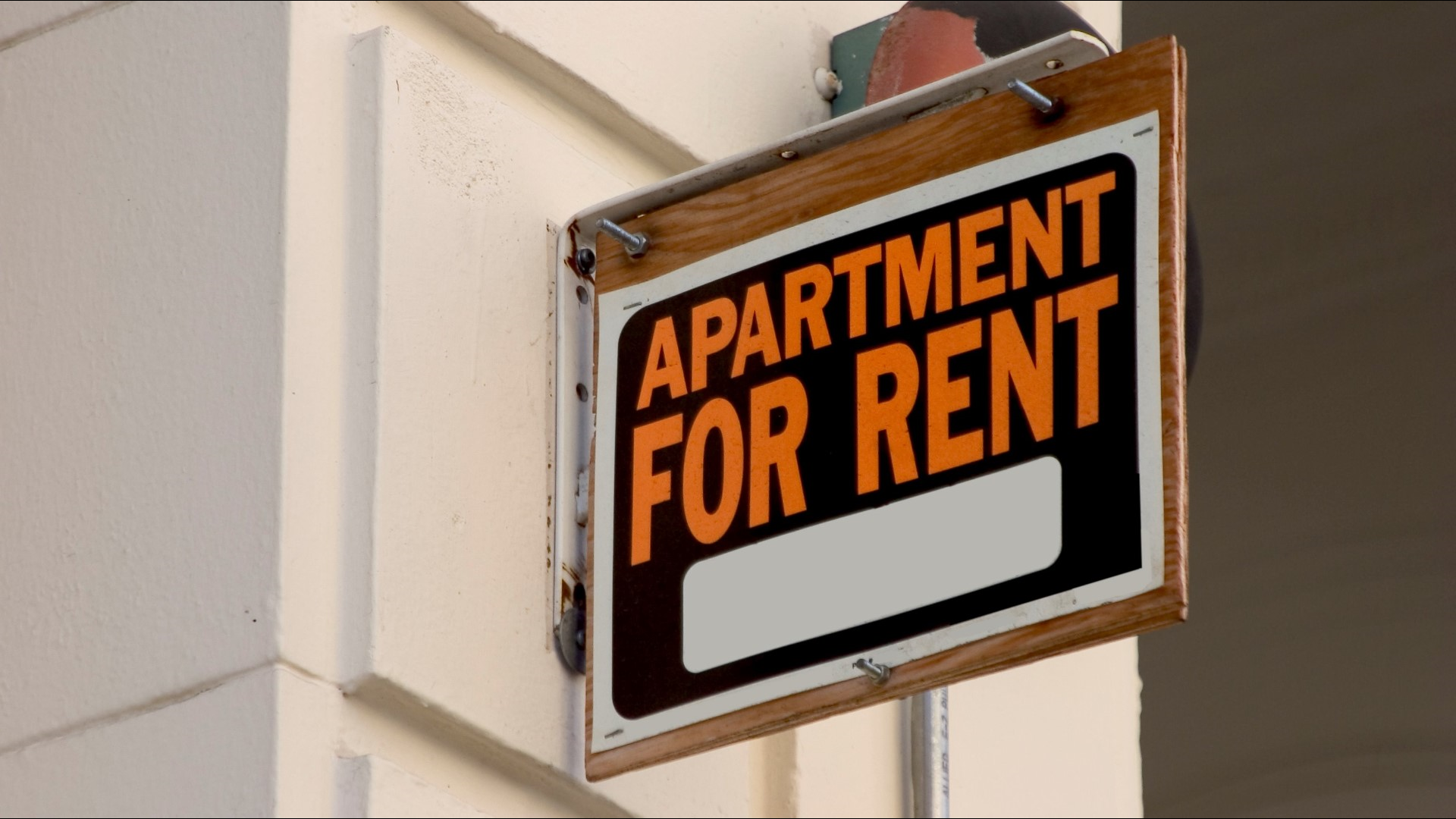GRAND RAPIDS, Mich. — GRBJ—Although communitywide efforts are working to address issues with housing, demand continues to outpace development in Grand Rapids.
In 2020, the city of Grand Rapids commissioned a study on housing needs within the region. The results, as reported by Bowen National Research, showed a need for close to 9,000 housing units by 2025 to keep up with demand and avoid displacing residents.
Since then, the city said 1,045 new housing units have been added with 1,000 additional units reserved for low- to moderate-income residents in various stages of pre-development.
While the city said its work along with partner involvement is starting to move the needle, challenges are impacting progress. In the wake of the pandemic, developers are struggling to meet demand due to labor shortages, high material costs, rising land acquisition costs and inflation.
Kate Berens, deputy city manager, said the city is working to ease the process for developers.
“The city of Grand Rapids really works to streamline permitting processes and makes it relatively simple and straightforward for developers to go through the process to get building permits,” Berens said. “We are cutting those costs and reducing that relative cost on the overall project.”
At the same time, Berens recognized there are other components at play.
“There are other factors that impact the cost of construction,” she said, citing the current planning process for the city’s next Community Master Plan as an opportunity to explore more of what the city can do to help.
While the statistics don’t yet match the recommendations outlined in the 2020 assessment, the city is making use of funding and community partnerships to address the issue.
The Fiscal Year 2023 budget, which went into effect July 1, dedicated $26.7 million to address overall housing and housing stability needs.
The city will direct $7 million toward the housing crisis, and of that total, $3.3 million is from Community Development Block Grant (CDBG) funds from the U.S. Department of Housing and Urban Development (HUD). These federal funds are for projects that benefit low- and moderate-income people and neighborhoods and are allocated locally through the city’s Neighborhood Investment Plan process.
“Equitable economic growth remains essential,” City Manager Mark Washington said at the time. “Growing housing supply, especially affordable housing, remains a critical regional success factor.”
This year, the city’s investment in CDBG funds includes:
- $3 million to improve conditions of existing housing, which will support rehabilitation of 690 homeowner units and more than 3,800 units brought into compliance with ordinances and standards
- $150,000 to improve access to affordable housing, which will provide 4,700 people with fair housing education and 300 people with legal counseling on housing-related matters
- $60,000 to resolve episodes of homelessness, which will ensure intake assessment services for 7,000 people to create a plan to resolve homelessness
In addition, another $3.06 million in the HOME Investment Partnerships Program and HOME-ARP (American Rescue Plan) funds are assisting affordable housing development, rental assistance and other supportive services for persons in Grand Rapids experiencing or at risk of homelessness.
The formula grants support various activities including building, buying and/or rehabilitating affordable housing for rent or homeownership, or providing direct rental assistance to low-income households.
Earlier this month, affordable housing efforts also received a boost by way of a $9 million grant from the Michigan Economic Development Corporation’s Revitalization and Placemaking program.
The program utilizes a total of $100 million in federal American Rescue Plan dollars to support projects proactively addressing the negative economic impacts of the COVID-19 pandemic.
Though specific details were not shared at the time of publication, the city said it plans to use the funds for multiple projects addressing the need for quality affordable housing in the area.
Ryan Kilpatrick, the city’s housing practice leader with Housing Next, said while more production is needed, the city is getting better at providing more housing supply at all price points
“I think Grand Rapids is doing as well or better than any community in the state when it comes to new or affordable housing construction,” Kilpatrick said. “The city has done an outstanding job of supporting and encouraging use of State Housing Development Authority (MSHDA) programs, (and) we have a great group of local nonprofit and for-profit organizations that build affordable housing in the city.”
According to the city, more than 100 community members have volunteered their time serving on groups such as the Great Housing Strategies and Housing Advisory Committee to prompt revisions to policies and increase access to all levels of housing.
“The entire region is falling short of its numbers,” Kilpatrick said, “but I think the city of Grand Rapids can be really proud of the work that has been done to increase capacity to create more supply and prioritize affordability alongside market rate housing for a good, healthy balance.”
This report first appeared in the Grand Rapids Business Journal.
►Make it easy to keep up to date with more stories like this. Download the 13 ON YOUR SIDE app now.
Have a news tip? Email news@13onyourside.com, visit our Facebook page or Twitter. Subscribe to our YouTube channel.

